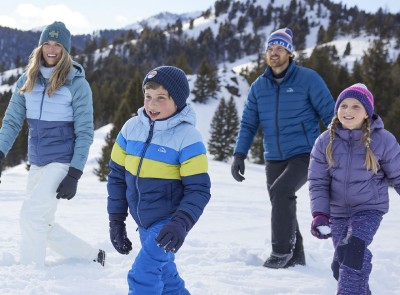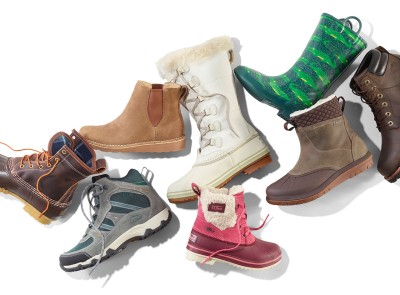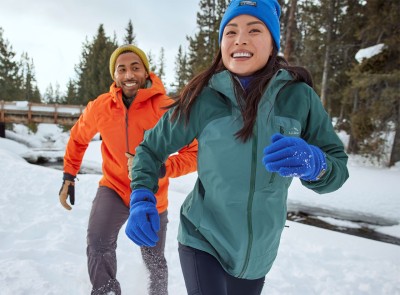How to Size Snowshoes
Our snow-it-all Mackenzie shows you how to size snowshoes for the different conditions you might experience out there this winter.
4 Min. Watch | Winter
Have you ever wondered how to size a snowshoe? Most snowshoes come with their own sizing guide, but sometimes the snow conditions or the amount of gear you’re carrying means you should size up or down. Follow these four tips to find the perfect snowshoe for your next adventure.
Tip 1: Flotation, Flotation, Flotation
Flotation is the snowshoe’s ability to keep you from sinking into the snow. The bigger the snowshoe, the more surface area it has, which means more flotation. That doesn’t necessarily mean bigger is always better. Go too big, and it’ll feel like you’re walking through the snow wearing clown shoes.
Tip 2: How Much Gear Are You Carrying?
Snowshoe sizing is generally based on your weight. However, it’s important to keep in mind how much gear you’ll be carrying when using them. If you have a lot of extra gear, you might need to size up.
Tip 3: What Are the Snow Conditions?
You need less flotation when hiking on a packed trail versus walking through knee-deep snow. In drier, deeper snow, you need to think about staying above it. So, you'll need a bigger snowshoe with more flotation. On packed trails or wet snow, a bigger snowshoe might just get in the way.
Tip 4: The Majority Rule
Think about the conditions you’ll wear your snowshoes in the majority of the time. For a lot of us, that’s probably closer to home for day hikes on packed trails. Unless you’re preparing for a big trip with a lot of gear, or want to try something like snowshoe running, you’re probably best off following the standard size recommendations on the box.
Get ready for your next snowshoeing trip with snowshoes, insulated boots and outerwear designed to make it even easier for you to get outside.
Need some inspiration or advice? Explore our Get Outside Guide to learn how to put on a snowshoe or find the perfect base layer, outerwear or winter boots and so much more.




